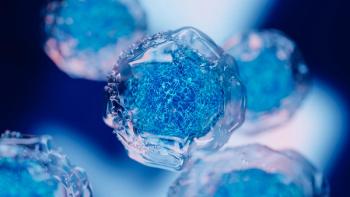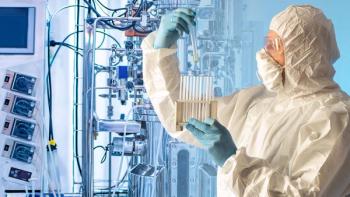
- BioPharm International-03-01-2016
- Volume 29
- Issue 3
Microbial Vectors for the Production of mAbs
Microbial models offer some exciting production alternatives.
Although not all products normally produced in mammalian cells can be produced in microbial vectors-as the glycosylation step necessary for antibody-dependent cell-mediated cytotoxicity does not occur in microbial cells-fragments of monoclonal antibodies (mAbs) can successfully be produced in microbial vectors, such as Saccharomyces cerevisiae, Pichia pastoris, and Escherichia coli (1). Although certain post-translational modifications such as glycosylation don’t currently occur in microbial models, a few glycoengineering experiments with the genes in P. pastoris vectors have focused on the humanization of the N-glycosylation pathway (2, 3). If successful, this gene-editing venture would allow for the production of full-length, glycosylated mAbs in P. pastoris (2).
The use of microbial vectors offers manufacturers a way to avoid costly perfusion operations and hard-to-model mammalian cell metabolism conditions (2). Mammalian cells are also highly susceptible to shear stress and are typically associated with low product yields, risk of viral contamination, and a requirement for animal-based serum (2).
Microbial models, on the other hand, have historically been associated with low cultivation costs (2), low cell-culture media costs, and high yields. Rathore points out that although some microbial vectors (e.g., E. coli) contain some endogenous proteases that can cause protein degradation, the use of protease-free strains and secretion of proteins in the periplasm-where there are fewer proteases-have been methods used to account for potential degradation issues. In contrast with more traditional microbial models that resulted in inclusion bodies-which produced significant host-cell impurities-newer microbial fermentations produce “purer product compared with mammalian cell culture,” says Alex Xenopoulos, principal research scientist at MilliporeSigma. Still, he says, secreted systems “suffer from low productivity compared with inclusion body systems.” If the biological product is not secreted, says Kevin Isett, CEO and founder of Avitide, then “the feed streams can contain considerable higher host-cell protein levels when compared to mammalian or insect feed streams,” which can put a “significant strain on downstream purification operations, particularly the capture step.”
Yeast vectors are beneficial in that they have high yields and are capable of post-translational modifications. There are many ways to optimize microbial vectors through glycoengineering so that they produce proteins that function properly, according to experts in the field (1, 2). Despite the fact that microbial models offer some exciting production alternatives that could slash costs, Xenopoulos believes that the ability for mammalian cells to produce proteins with complex secondary structures, their continuously increasing titers, and the fact that they are already well understood outweighs all of the benefits of microbial models. Ultimately, concludes Xenopoulos, “the selection of a production system really depends on the structure of the desired protein, with cost being secondary considerations.” Summarizes Cobra Biologics’ Technical Director Tony Hitchcock, “The perceived advantage of microbial systems are around costs of fermentation media and processing times, and this has to be balanced out against more complex and capitally intensive recovery operations."
References
1. A. Rathore and J. Batra, BioPharm Int. 29 (2), pp. 18–23 (February 2016).
2. O. Spadiut et al., Trends Biotechnol. 32 (1), pp. 54–60 (January 2014).
3. J.L. Corchero et al., Biotechnol. Adv. 31, pp. 140–153 (2013).
Article DetailsBioPharm International
Vol. 29, No. 3
Page: 17
Citation: When referring to this article, please cite it as R. Hernandez, "Microbial Vectors for the Production of mAbs," BioPharm International 29 (3) 2016.
Articles in this issue
almost 10 years ago
Achieving Cost-Effective Bioprocessesalmost 10 years ago
Generic-Drug Production and Oversight Challenge FDA and Manufacturersalmost 10 years ago
Biopharma Takes On Raw Material Variabilityalmost 10 years ago
Keynote Series Addresses Crucial Industry Issuesalmost 10 years ago
How Important is Data Integrity to Regulatory Bodies?almost 10 years ago
Biopharma Outsourcing Market Expandsalmost 10 years ago
Cold Chain: Going the Extra Milealmost 10 years ago
Creating Robust CAPA SystemsNewsletter
Stay at the forefront of biopharmaceutical innovation—subscribe to BioPharm International for expert insights on drug development, manufacturing, compliance, and more.





